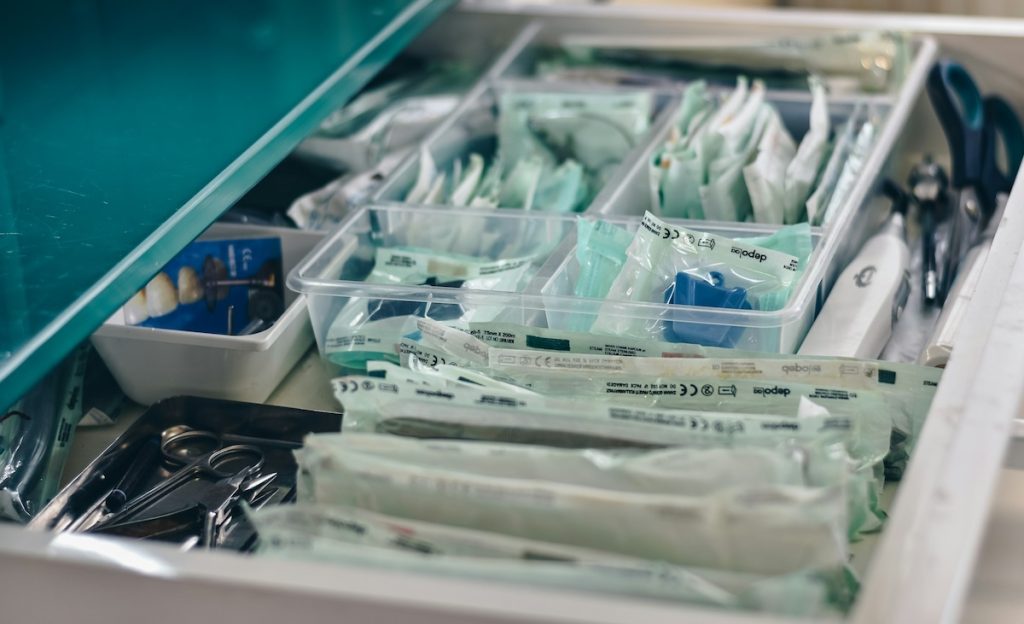Medical equipment sterilization is an important technique that helps ensure patient safety and prevent the spreading of infections within healthcare facilities. This intricate procedure, which involves the use of a medical autoclave, is a sophisticated scientific process that relies on cutting-edge technology. This article delves into the depths of medical equipment sterilization, exploring the science that underpins this critical aspect of healthcare.
The Importance of Sterilization in Healthcare
It is the process of killing or eliminating all kinds of microbial life, including bacteria, viruses, and spores, from medical equipment and instruments. This ensures that the equipment used in medical procedures is entirely free of harmful microorganisms, minimizing the risk of infections and cross-contamination.
The Biological Basis of Sterilization
At the heart of medical equipment sterilization lies a profound understanding of microbiology. Microorganisms are ubiquitous, and many can cause severe infections in humans. Therefore, effective sterilization must eliminate all these potential threats.
The primary method for sterilization is heat. Heat denatures proteins, disrupts cell membranes, and ultimately kills microorganisms. Autoclaves, widely used in healthcare settings, use high-pressure steam to achieve this. The steam heats the equipment and penetrates even the smallest crevices, ensuring thorough sterilization.
The Role of Pressure in Sterilization
Pressure is a critical component of the sterilization process. When water is heated to a high temperature, it turns into steam. At standard atmospheric pressure, water boils at 100 degrees Celsius (212 degrees Fahrenheit). However, by increasing the pressure, the boiling point of water can be raised significantly. In an autoclave, steam is generated under high pressure, typically around 15 pounds per square inch (psi), which allows it to reach temperatures well above the boiling point of water.
This elevated temperature, combined with the pressure, is lethal to microorganisms. It ensures that even the most heat-resistant spores are effectively destroyed. Combining high-pressure steam and time is the key to complete sterilization.
The Importance of Moist Heat
In the form of steam, moist heat is far more effective at sterilization than dry heat. This is because the presence of moisture facilitates the transfer of heat to the microorganisms. Additionally, steam can penetrate porous materials and reach areas that dry heat cannot, making it the preferred choice for sterilizing medical equipment.
Monitoring and Validation
Sterilization processes are not left to chance. Healthcare facilities must have rigorous monitoring and validation procedures to ensure their equipment is effectively sterilized. This involves using biological indicators, chemical indicators, and regular equipment maintenance.
Biological indicators consist of heat-resistant spores that are placed in the autoclave alongside the equipment being sterilized. After the sterilization cycle, these indicators are tested to confirm whether the spores have been killed. This provides direct evidence of the effectiveness of the sterilization process.
Chemical indicators, on the other hand, change color or undergo a chemical reaction when exposed to the conditions necessary for sterilization. These indicators are placed on or inside the equipment to visually confirm that it has been exposed to the required sterilization conditions.
The Art of Packaging
Sterilized medical equipment is only as good as its packaging. Once the sterilization process is complete, it’s crucial to ensure that the equipment remains sterile until it’s used. Proper packaging is essential in preventing contamination during storage and transportation.
Sterilized items are typically packaged in materials that are impervious to microorganisms, such as medical-grade pouches or containers. These packaging materials have undergone their own sterilization process and are sealed to maintain sterility.
The Future of Sterilization Technology
Looking ahead, the future of sterilization technology holds exciting prospects. Researchers and scientists are continually exploring innovative methods to make the process even more efficient, environmentally friendly, and accessible. Advances in materials science may result in the development of equipment inherently resistant to microbial contamination, reducing the need for extensive sterilization procedures. Integrating automation and artificial intelligence into sterilization processes could enhance precision and reliability. The ongoing pursuit of safer and more effective sterilization techniques underscores the commitment of the healthcare industry to patient well-being and the relentless pursuit of scientific excellence.
In conclusion, the sterilization of medical equipment, often performed using a medical autoclave, stands as a critical aspect of healthcare that relies on a deep understanding of microbiology and the precise application of heat and pressure. The science behind sterilization ensures that medical instruments are free from harmful microorganisms, reducing the risk of infections and safeguarding patient safety. Through rigorous monitoring, validation, and proper packaging, healthcare facilities can maintain the integrity of sterilized equipment, contributing to the overall quality of patient care. As technology advances, the science of sterilization will undoubtedly evolve, further enhancing patient safety in the healthcare industry.


